
Imagine stepping into Nike Art Gallery in Lagos, Nigeria—its towering white walls are alive with hundreds of artworks, each vying for attention like actors on a crowded stage. The gallery radiates a kind of relentless energy, vibrant and captivating, a visual feast that leaves you both inspired and slightly overwhelmed. Just across the city, Terra Kulture offers a different rhythm: a polished cultural hub where contemporary art, Nigerian cuisine, and performance theatre intersect in a curated dance of commerce and culture. Further inland, Thought Pyramid represents yet another contrast: a minimalist, fine-art setting with sleek interior and a global outlook. Meanwhile, tucked by the waterfront of Ikoyi, Omenka Gallery merges art with serenity, its boutique environment blending indoor and outdoor elements to create a harmonious dialogue between nature and creativity. Then, there’s Freedom Park, a space that operates on an entirely different frequency. Once a colonial prison, it has been transformed into an open-air sanctuary where history and creativity converge. With its weathered walls and tranquil green spaces, the park invites you to pause, reflect, and soak in the art of the moment.
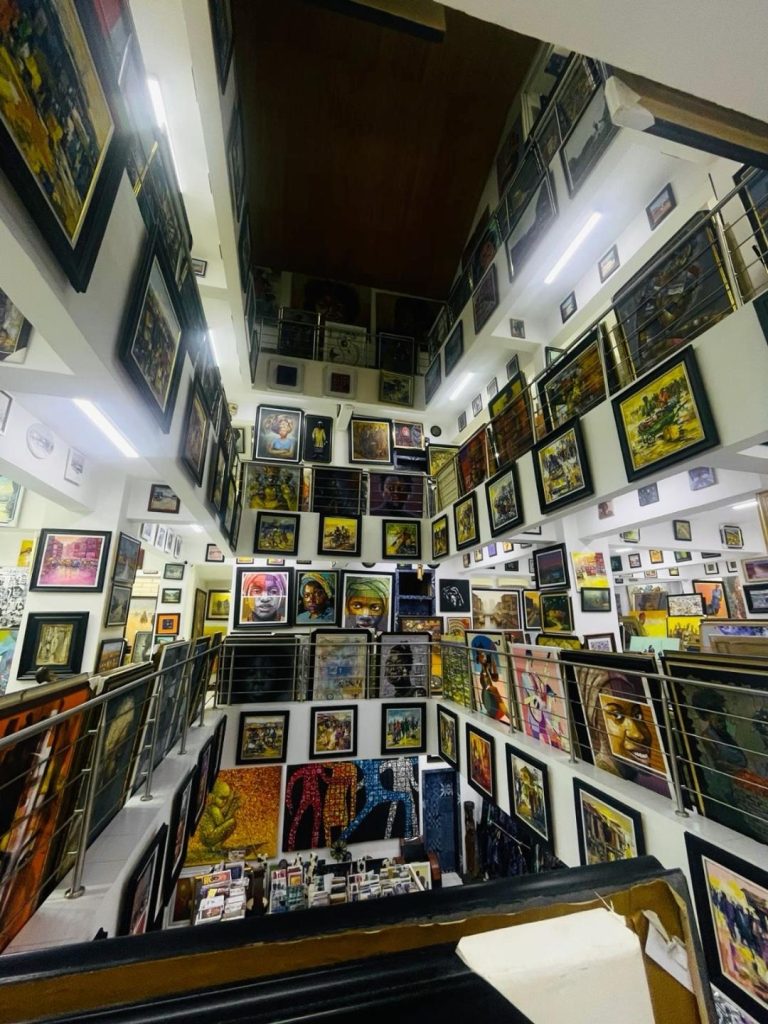

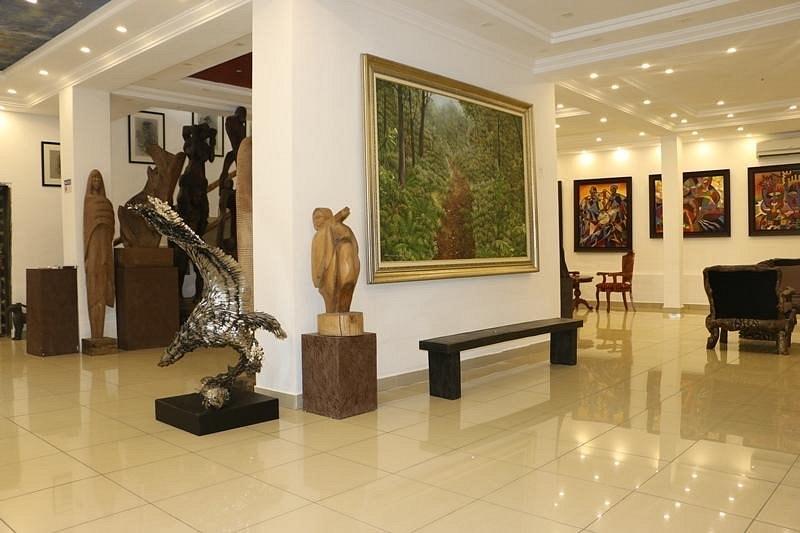
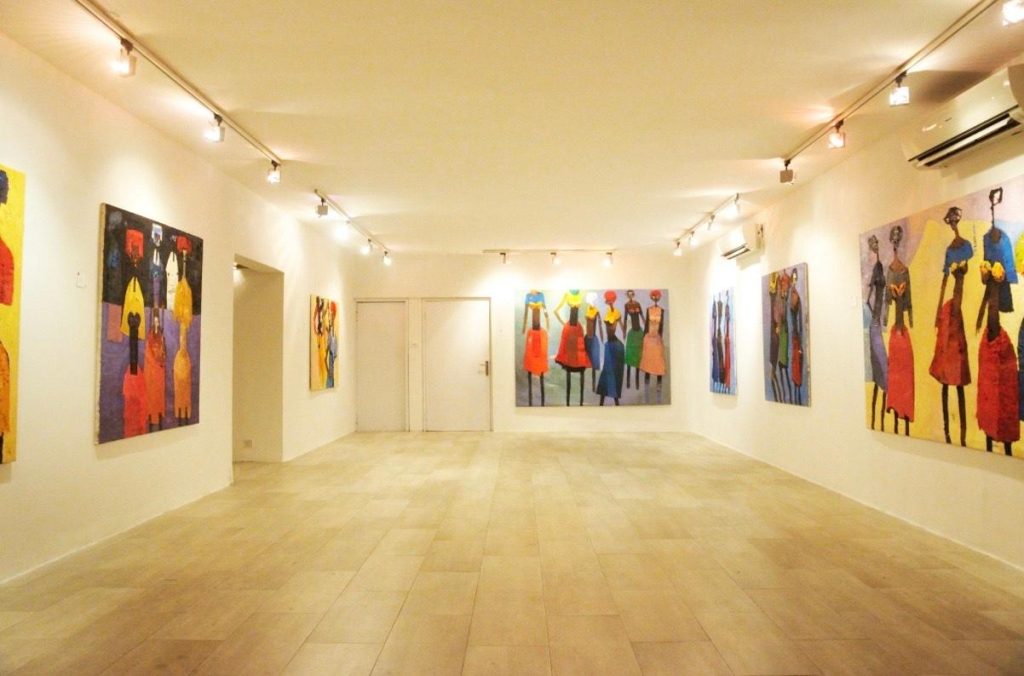
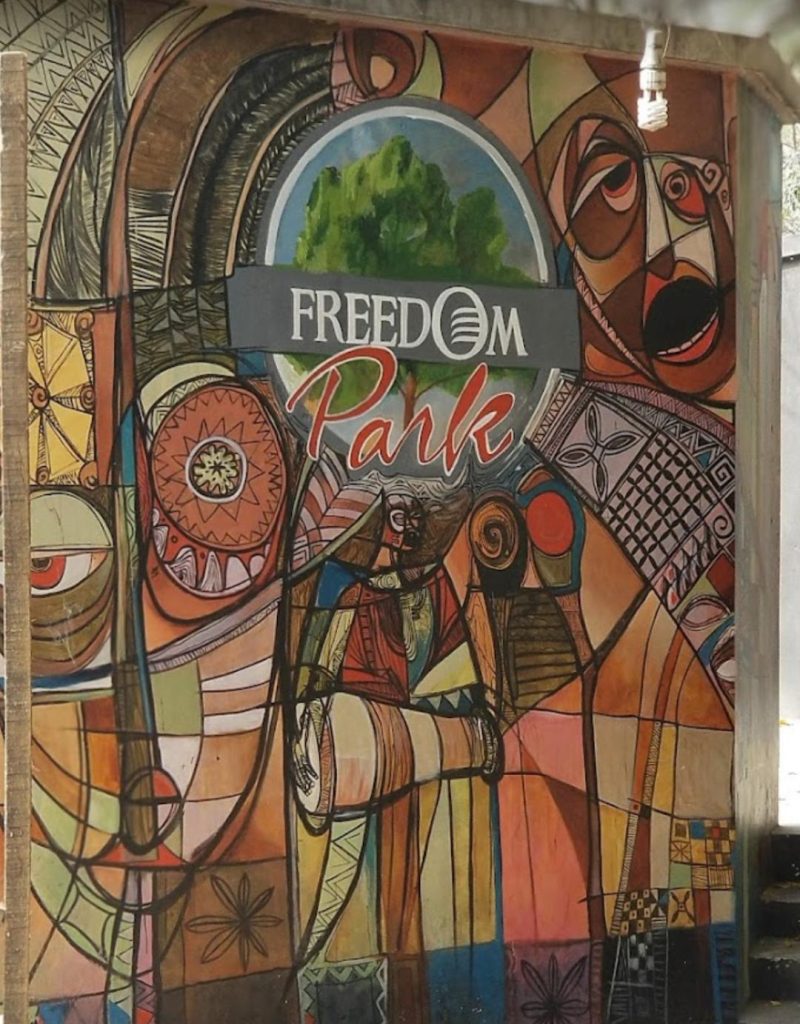
In Nigeria, art spaces are more than mere venues; they are complex organisms that shape how we encounter and engage with creativity. The architecture of these spaces—their walls, their light, even their imperfections—tells a story as compelling as the art they hold. At their best, they amplify the art, creating a conversation between the viewer and the work. However, in Nigeria, these spaces also reflect the realities of a society navigating its tensions: resource constraints, lack of local narratives, and a cultural history that is as intricate as it is layered.
Nike Art Gallery, for instance, feels like stepping into the heart of Nigerian art itself. Its densely packed walls reject the clean, minimalist aesthetic of many Western galleries. Here, art isn’t meant to be observed from a polite distance; it’s meant to overwhelm you, to draw you in, and demand your attention. Every corner holds a surprise, from intricately carved wooden sculptures to vibrant, chaotic canvases that seem to pulse with life. It’s an experience that mirrors the city of Lagos—relentless, unapologetic, and brimming with creativity. Yet this abundance can sometimes feel like a sensory overload. Amidst the visual deluge, it’s easy to overlook the details, the subtle brushstrokes, the careful carvings that define each piece. But perhaps that’s the point. Nike Art Gallery forces you to confront the complexity and diversity of Nigerian art, presenting it as a living, breathing entity rather than a neatly curated collection.
Freedom Park tells a different story. Where Nike Art Gallery celebrates abundance, Freedom Park finds its power in transformation. The park retains remnants of its somber past—crumbling walls, rusting iron bars—but reimagines them in a way that feels hopeful. The space is as much a memorial as it is a cultural hub, hosting open-air performances, exhibitions, and impromptu gatherings. The architecture invites reflection; its design preserves the scars of history while offering spaces for renewal. Walking through the park, you can’t help but feel the weight of its past, but it’s a history that has been reclaimed, repurposed, and imbued with new meaning. It’s a reminder that art and memory are inseparable, that even the most painful histories can inspire creation and community.
These five spaces highlight a central question: what should an art space in Nigeria be? Should it be a haven of abundance, like Nike Art Gallery, where art overwhelms and excites? Should it be a sanctuary, like Freedom Park, where history and art coexist in quiet reflection? Or should it serve as a cultural hub, like Terra Kulture, seamlessly merging art with performance, food and community? Perhaps it could offer the curatorial precision and global ambition of Thought Pyramid, or the intimate, nature-infused calm of Omenka Gallery. Each space suggests a different answer, reflecting a unique vision of what art can do and how it can be experienced. The diversity among them underscores a broader truth: there is no single model. Nigerian art spaces are as diverse as the art they hold, each mirroring the different aspects of the country’s identity and its ever-evolving artistic spirit.
However, the architecture of these spaces often reveals deeper structural challenges. Many Nigerian art venues struggle with funding, relying on private patrons or commercial ventures rather than institutional or government support. This financial instability has tangible consequences. Purpose-built galleries and museums are rare, and existing spaces often lack basic infrastructure like climate control, crucial for preserving art in Nigeria’s humid climate. The lack of resources also limits accessibility; while some spaces are open to the public, others cater primarily to the elites, leaving much of the country’s population excluded from the art world.
Yet it is precisely these limitations that have inspired some of the most innovative and unexpected art spaces in the country. Across Nigeria, artists, curators, and architects are rethinking what an art space can be, finding ways to adapt to local realities while staying true to the universal power of art. In Ibadan, for example, smaller galleries have emerged in unconventional spaces, offering more intimate and accessible experiences of art. Agbowó, housed in a formerly abandoned publishing house near the University of Ibadan, now serves as a multidisciplinary art venue where exhibitions, readings, and performances are held. Alongside it, Olaijo Arts World & Gallery promotes African heritage art through exhibition in a modest street-level setting—acting as both gallery and cultural classroom in an everyday neighborhood context. These spaces may not have the grandeur of a traditional gallery, but they make up for it in their ability to connect directly with local audiences.
Architecture is never neutral. It shapes the way we experience the world, influencing our emotions, our thoughts, and even our memories. In the context of art, architecture becomes an active participant, shaping the viewer’s encounter with the work. A painting viewed in the sterile environment of a decontextualised display space feels different from one encountered in a bustling, open-air market. In Nigeria, where art spaces are often shaped by necessity rather than design, this interplay between architecture and art takes on a unique character.
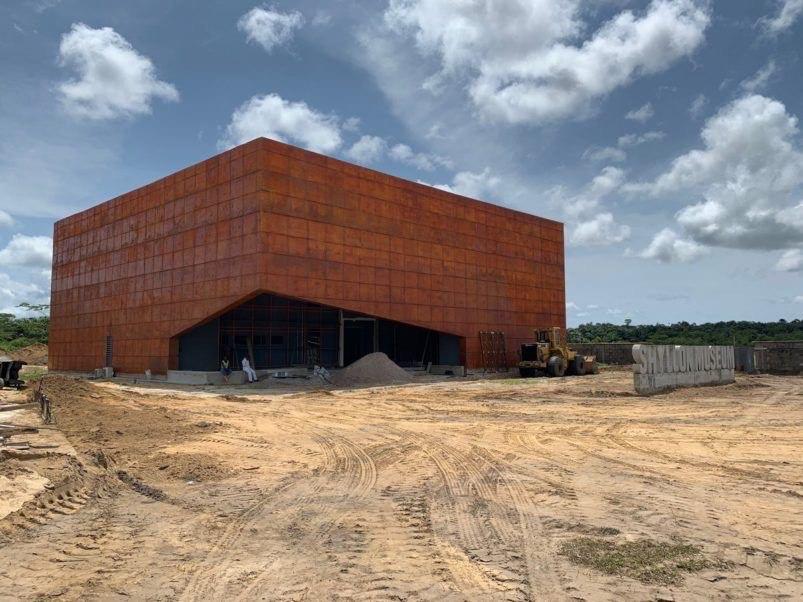
The Yemisi Shyllon Museum of Art (YSMA) by Livin Spaces

Centre for Contemporary Art (CCA), Lagos
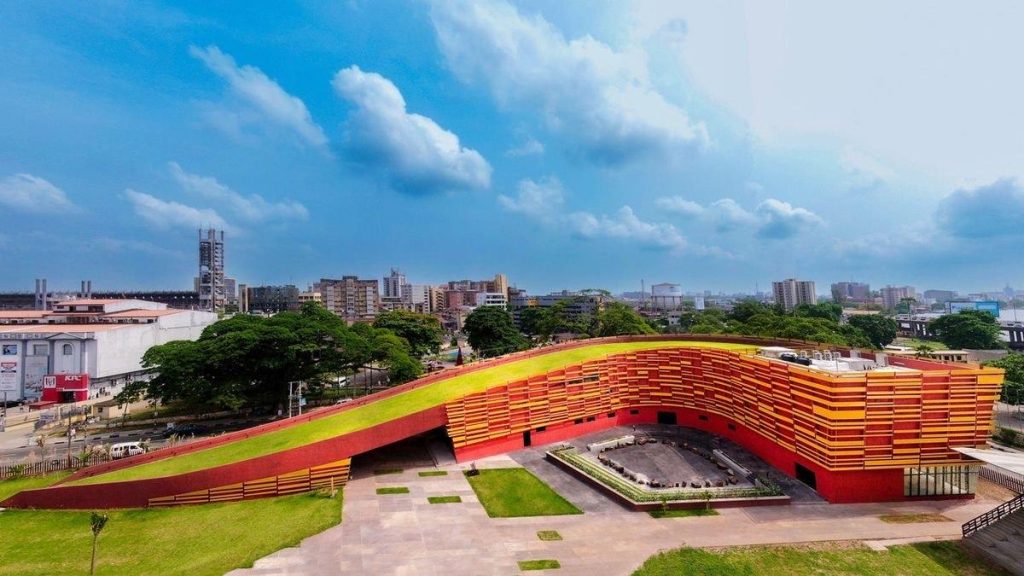
John Randle Center. Photo by ArchitecturalDigest
Consider the use of light. In many Nigerian art spaces like Art Twenty One, Yemisi Shyllon Museum of Art, and Hourglass Gallery, natural light plays a significant role, whether by design or by default. Windows, open courtyards, and skylights create a dynamic relationship between the art and its environment, with sunlight casting shifting shadows that change the way a work is perceived. This interplay between light and shadow is more than just an aesthetic choice; it reflects a resourceful approach to architecture, one that embraces the realities of the Nigerian climate rather than fighting against them.
These spaces are also deeply social. Unlike the often-silent galleries of the West, spaces like Terra Kulture and 1952 Africa are alive with conversation, laughter, and debate. They are places where art becomes a communal experience, a catalyst for dialogue and connection. This social dimension is reflected in the architecture, with open courtyards, shaded verandas, and communal seating areas inviting visitors to linger and engage.
As Nigeria continues to assert itself on the global art stage, the architecture of its art spaces remains a vital part of that story. These spaces, whether vibrant and bustling or tranquil and reflective, are expressions of a culture that refuses to be defined by its limitations. They are proof that even in a challenging environment, art—and the spaces that hold it—can thrive.
Ultimately, the architecture of art spaces is about more than walls and roofs. It’s about creating environments where creativity flourishes, where history finds new life, and where people can connect with art—and with each other—in ways that feel both timeless and uniquely Nigerian.



